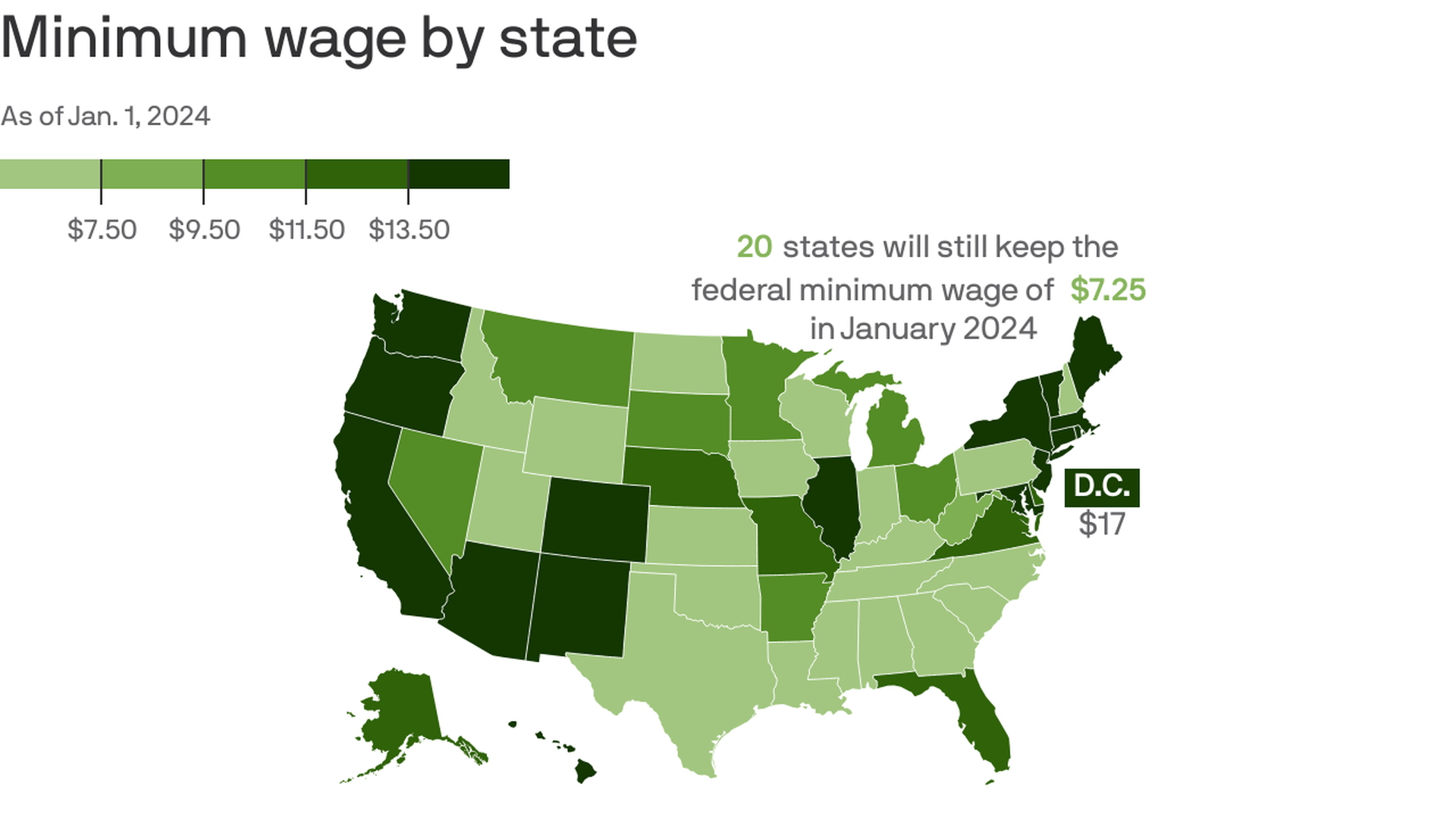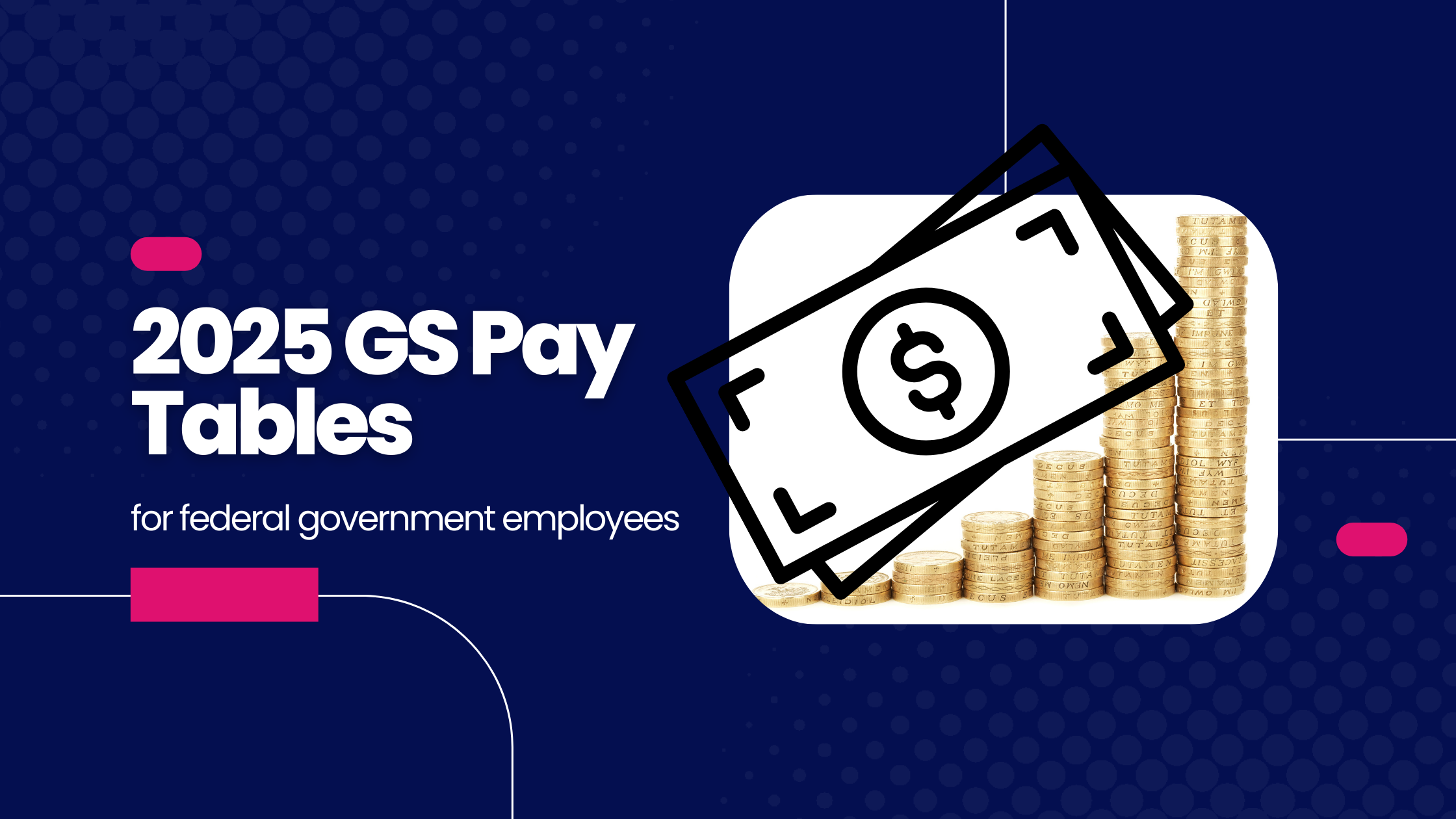Calculating GS pay can seem like a complex puzzle, but don’t stress. Whether you’re a new federal employee or someone curious about government salaries, this guide is your ultimate companion. We’ll break down everything you need to know about GS pay scales, locality adjustments, and how to calculate your take-home pay step by step. Buckle up, because we’re diving deep into the world of federal compensation!
Let’s face it, understanding government pay structures can feel overwhelming at first. The General Schedule (GS) pay system is the backbone of federal employee compensation, but it’s not exactly a walk in the park. From base pay rates to locality pay adjustments, there’s a lot to unpack. But don’t worry, we’re here to simplify things for you.
This article isn’t just another boring breakdown of government jargon. We’ll make it conversational, easy to follow, and packed with actionable insights. By the end, you’ll have all the tools you need to calculate your GS pay like a pro. Let’s get started!
- Unveiling The Charismatic Outlander Character Jamie A Deep Dive Into His World
- Lisa Welchel The Multitalented Mom From Americas Favorite Sitcom
What Exactly is GS Pay?
Alright, let’s start with the basics. GS pay stands for General Schedule pay, which is the federal government’s standardized pay scale for civilian employees. It’s used to determine salaries for white-collar positions, ranging from entry-level clerks to high-ranking executives. Think of it as the government’s way of ensuring fair and consistent compensation across the board.
Here’s the deal: The GS pay scale is divided into 15 grades (GS-1 to GS-15), and each grade has 10 steps. As you move up in grade or step, your pay increases. But wait, there’s more! Your actual paycheck also depends on where you live, thanks to locality pay adjustments. We’ll dive deeper into that later, but for now, just know that location plays a big role in your final salary.
Why Understanding GS Pay Matters
So, why should you care about GS pay? Well, if you’re a federal employee or planning to become one, understanding how the pay system works is crucial. It affects everything from your monthly budget to retirement planning. Plus, knowing how to calculate your GS pay gives you a clearer picture of your financial future.
- Emilys Friends A Deep Dive Into Her Inner Circle And Their Impact
- Don Johnson Melanie Griffith A Hollywood Love Story That Stood The Test Of Time
For example, imagine you’re considering a move to a new city for a federal job. Without understanding locality pay adjustments, you might end up underestimating or overestimating your actual income. That’s why having a solid grasp of the GS pay system is so important. It empowers you to make informed decisions about your career and finances.
Breaking Down the GS Pay Scale
Now, let’s break it down step by step. The GS pay scale consists of two main components: base pay and locality pay. Base pay is the standard rate for each GS grade and step, while locality pay adjusts that rate based on where you work. Here’s a quick rundown:
- GS Grades: There are 15 grades, with GS-1 being the lowest and GS-15 being the highest.
- Steps: Each grade has 10 steps, and you move up a step based on performance and time in service.
- Locality Pay: This adjustment accounts for cost-of-living differences in various regions across the U.S.
For instance, if you’re a GS-12 employee in Washington, D.C., your locality pay will be higher than someone in a smaller city like Des Moines, Iowa. It’s all about balancing fairness with geographic realities.
How Locality Pay Works
Locality pay is one of the most important factors in calculating GS pay. It’s designed to ensure that federal employees in high-cost areas aren’t left behind. Here’s how it works:
There are currently 47 locality pay areas across the U.S., each with its own percentage adjustment. For example, employees in the San Francisco area receive a locality pay adjustment of around 38%, while those in smaller cities might get as little as 15%. These percentages are updated annually based on cost-of-living data.
Steps to Calculate GS Pay
Ready to calculate your GS pay? Let’s walk through the process step by step:
- Determine your GS grade and step. This information should be available in your employment contract or HR records.
- Find the base pay rate for your grade and step. You can check the official Office of Personnel Management (OPM) website for the latest rates.
- Identify your locality pay area and its corresponding percentage adjustment.
- Multiply your base pay by the locality pay percentage and add it to your base pay.
For example, if you’re a GS-12, Step 1 employee in the New York City area, here’s how the math works:
- Base Pay: $76,469
- Locality Pay Percentage: 29.64%
- Locality Pay Amount: $76,469 x 0.2964 = $22,709.66
- Total Pay: $76,469 + $22,709.66 = $99,178.66
See? Not so complicated after all!
Common Misconceptions About GS Pay
There are a few myths floating around about GS pay that we need to clear up. Here are some of the most common ones:
- Myth 1: All federal employees earn the same salary. Nope! Locality pay ensures that employees in different regions receive fair compensation based on their cost of living.
- Myth 2: GS pay is fixed and doesn’t change. Wrong again! Pay rates are updated annually to reflect changes in the economy and cost of living.
- Myth 3: Moving to a higher-paying locality automatically increases your pay. Not necessarily. If you transfer to a lower-paying locality, your pay might decrease.
Understanding these misconceptions can save you a lot of confusion down the line.
Factors That Affect GS Pay
Beyond grades, steps, and locality pay, there are other factors that can impact your GS pay. Let’s take a look:
1. Education and Experience
Your level of education and years of experience can influence your starting grade and step. For example, a new hire with a bachelor’s degree might start at GS-5, while someone with a master’s degree could start at GS-9.
2. Performance Ratings
Performance plays a big role in your career progression. Consistently meeting or exceeding expectations can lead to faster promotions and step increases.
3. Time in Service
As you accumulate more years of service, you’ll naturally move up in steps within your grade. This gradual increase helps ensure that long-term employees are rewarded for their dedication.
How to Maximize Your GS Pay
Want to boost your federal salary? Here are a few tips:
- Pursue Higher Education: Earning advanced degrees can qualify you for higher grades and faster promotions.
- Excel in Performance Reviews: Demonstrating exceptional performance can lead to faster step increases and promotions.
- Consider Relocation: If you’re willing to move, working in a high-cost locality can significantly increase your pay.
Remember, maximizing your GS pay isn’t just about money. It’s about building a fulfilling and rewarding career in public service.
Comparing GS Pay to Other Pay Systems
It’s worth noting that the GS pay system isn’t the only compensation structure in the federal government. Other systems, like the Federal Wage System (FWS) and Senior Executive Service (SES), have their own rules and pay scales. However, the GS system is by far the most common, covering the majority of federal employees.
One key difference between GS and FWS is that FWS is designed for blue-collar workers, while GS is tailored for white-collar positions. SES, on the other hand, is reserved for senior-level executives and offers higher pay caps than the standard GS-15 limit.
Future Trends in GS Pay
Looking ahead, there are a few trends to watch in the world of GS pay:
- Pay Freeze Concerns: In times of economic uncertainty, there’s always a possibility of pay freezes affecting federal employees.
- Locality Pay Expansion: There’s ongoing debate about expanding the number of locality pay areas to better reflect regional cost-of-living differences.
- Automation and Efficiency: As technology advances, there may be changes in how pay scales are calculated and managed.
Staying informed about these trends can help you plan for the future and adapt to any changes in the system.
Conclusion: Your Path to Financial Clarity
Calculating GS pay doesn’t have to be a headache. With the right tools and knowledge, you can confidently determine your federal salary and plan for your financial future. Remember, understanding the GS pay system is more than just about numbers—it’s about building a successful and rewarding career in public service.
So, what’s next? Take a moment to reflect on what you’ve learned and consider how it applies to your situation. If you’re a current federal employee, revisit your pay grade and step to ensure you’re maximizing your earnings. And if you’re considering a federal job, use this guide to make informed decisions about your career path.
Don’t forget to share this article with your colleagues or friends who might find it helpful. Knowledge is power, and together, we can navigate the complexities of GS pay with ease. Let’s keep the conversation going and empower more federal employees to take control of their finances!
Table of Contents
- What Exactly is GS Pay?
- Why Understanding GS Pay Matters
- Breaking Down the GS Pay Scale
- Steps to Calculate GS Pay
- Common Misconceptions About GS Pay
- Factors That Affect GS Pay
- How to Maximize Your GS Pay
- Comparing GS Pay to Other Pay Systems
- Future Trends in GS Pay
- Conclusion: Your Path to Financial Clarity



Detail Author:
- Name : Prof. Zakary Haag Jr.
- Username : hemard
- Email : kkirlin@hotmail.com
- Birthdate : 2000-10-23
- Address : 854 Kasandra Viaduct Suite 774 Dayneton, MD 00451-8699
- Phone : +1 (762) 215-0875
- Company : Daugherty-Koss
- Job : Biological Scientist
- Bio : Quia saepe doloribus ut eius. Omnis occaecati quas occaecati nesciunt. Voluptates non a et sit rerum quibusdam.
Socials
facebook:
- url : https://facebook.com/reyna.cummerata
- username : reyna.cummerata
- bio : Quidem qui aliquam ipsa ut natus quia. Ut sint repudiandae ab et.
- followers : 1200
- following : 2298
instagram:
- url : https://instagram.com/reynacummerata
- username : reynacummerata
- bio : Est ut vel quas qui. Voluptas error quo ea. Qui laboriosam dolor sequi sint.
- followers : 2812
- following : 1455
tiktok:
- url : https://tiktok.com/@reyna8557
- username : reyna8557
- bio : Dicta incidunt quia temporibus velit. Maxime sit dignissimos dolorum dolor.
- followers : 4052
- following : 1500
linkedin:
- url : https://linkedin.com/in/cummeratar
- username : cummeratar
- bio : Aut voluptas dolores quia dolorum aspernatur.
- followers : 6289
- following : 1636
twitter:
- url : https://twitter.com/reyna949
- username : reyna949
- bio : Molestias aut officiis odit laudantium vero velit unde. Et enim et maiores consequatur unde voluptas consectetur labore. Iure eaque iure eum esse repellat.
- followers : 6348
- following : 1643